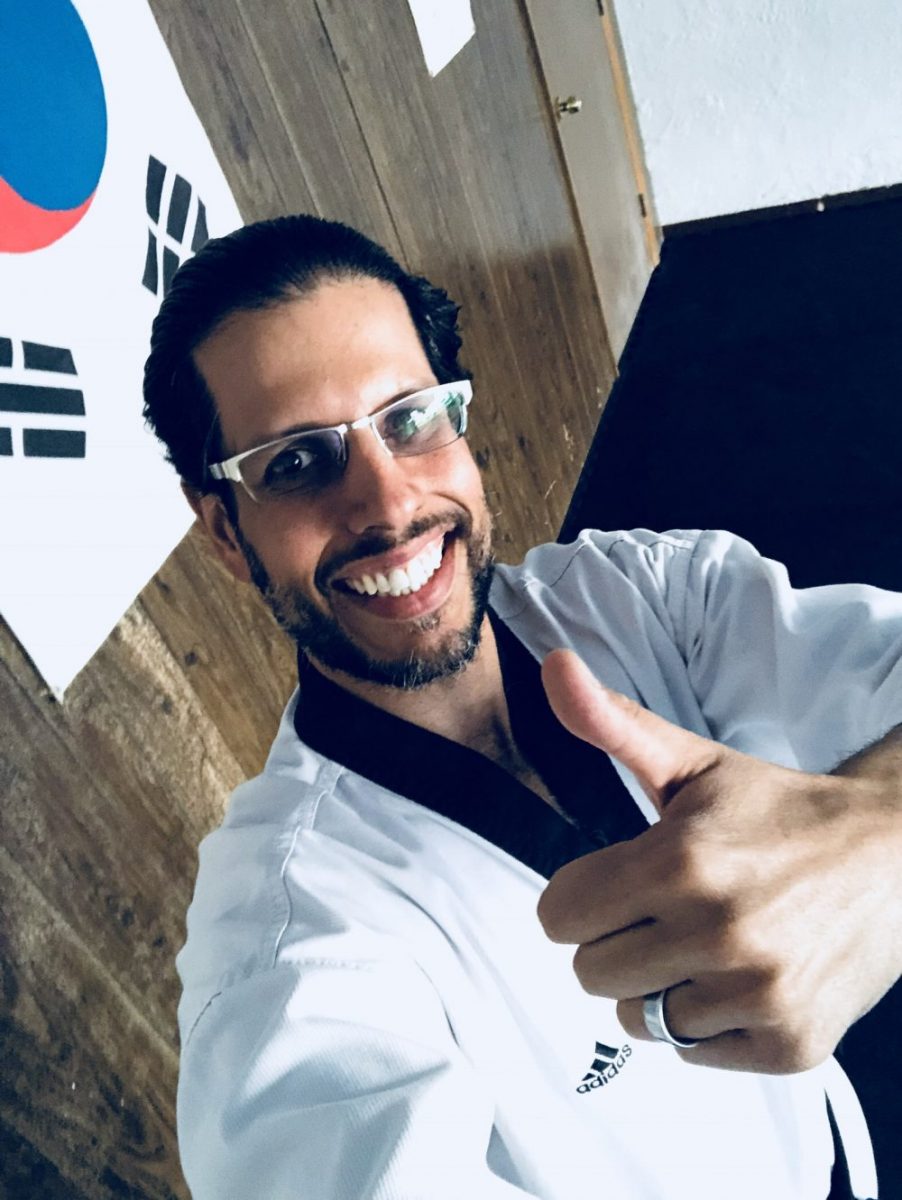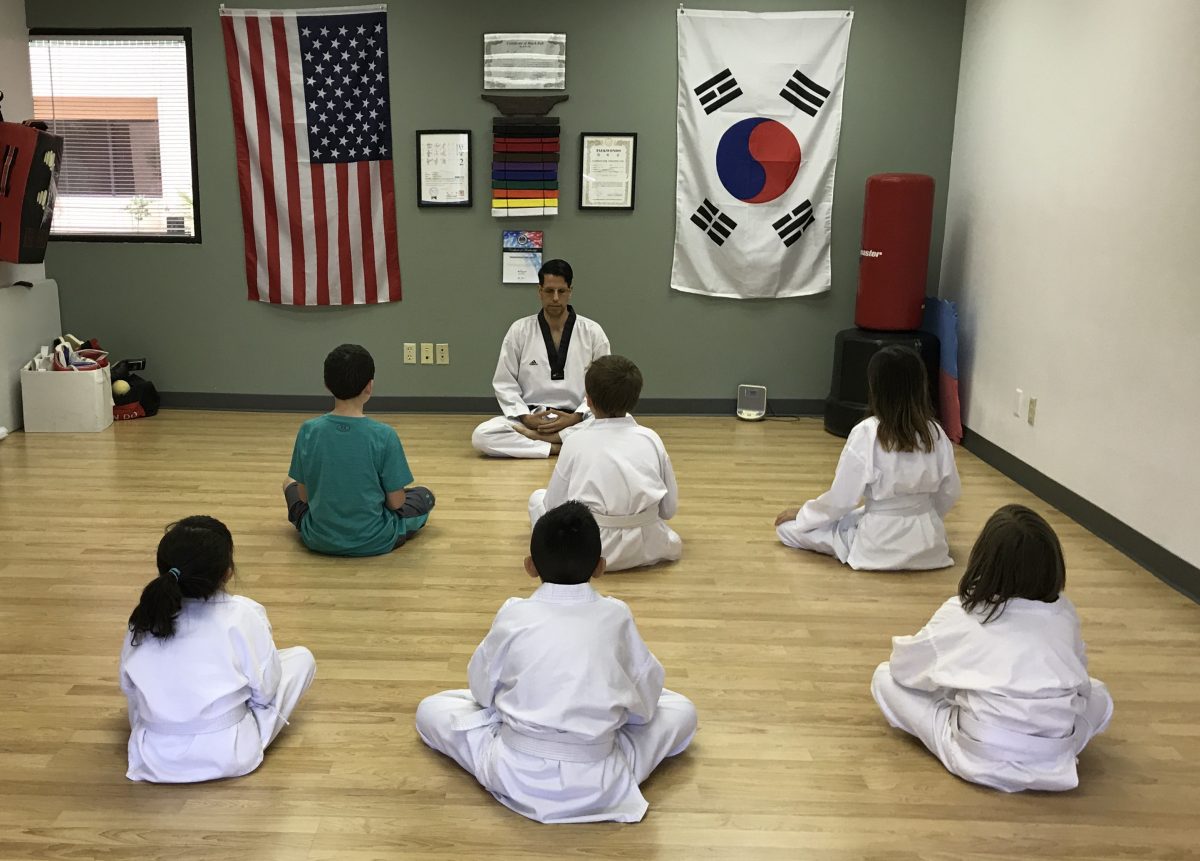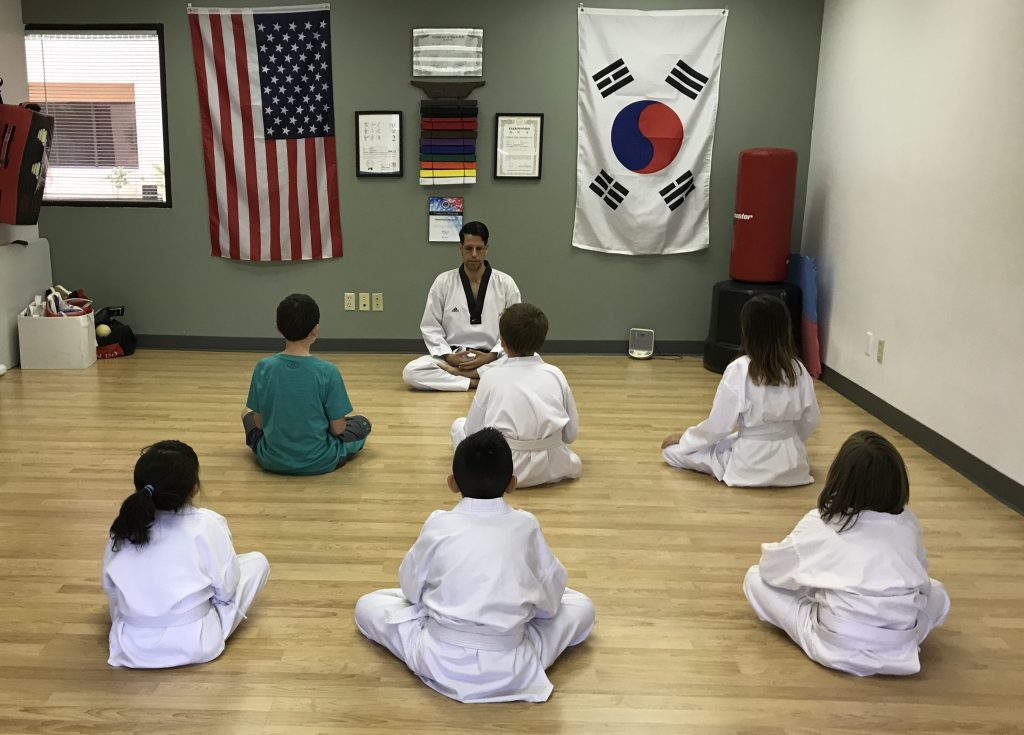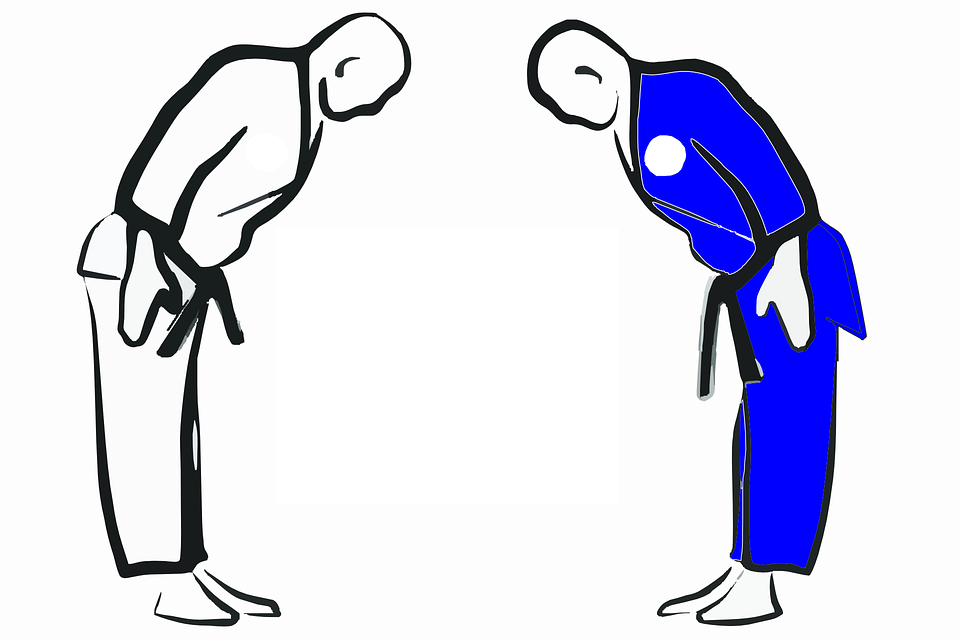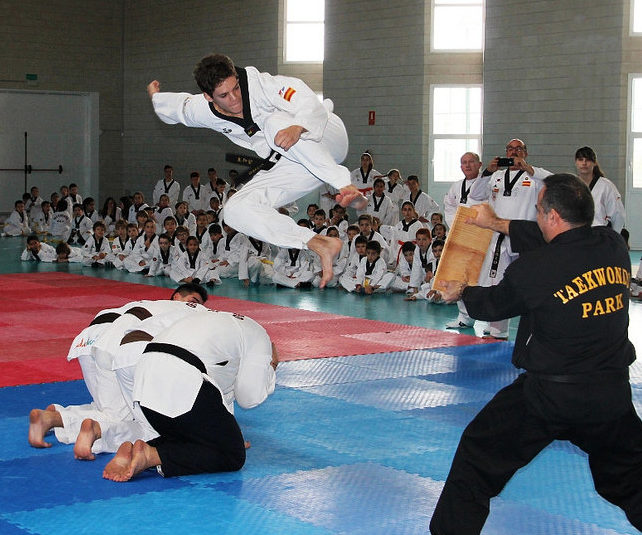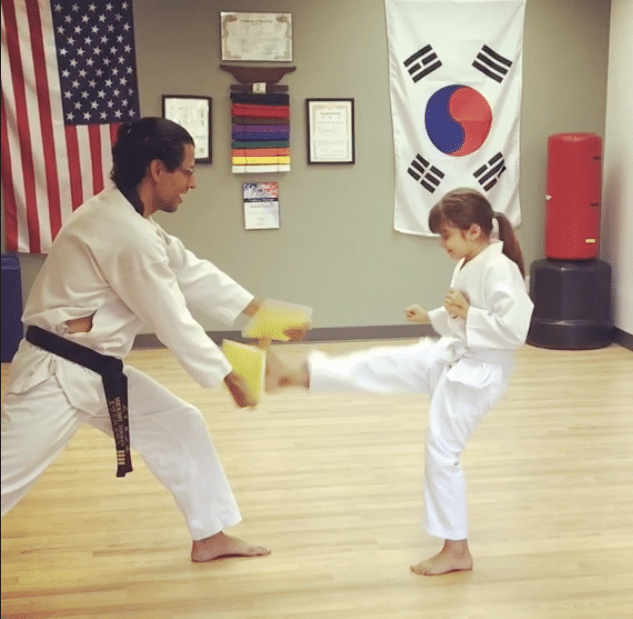
Are you (or your child) new to Taekwondo in Tucson or elsewhere and want to be the best? Then Keep reading because I’m going to share 3 hacks that will help new students 1) kick higher and stronger, 2) block & punch with power and 3) learn your poomsae faster.
So here are the 3 Taekwondo hacks:
- One of the biggest mistakes that new students make is not pivoting their feet. It’s important to pivot the foot that is on the floor so that the heel is facing the direction one is kicking. This opens up the hips and allows for greater range of motion… meaning higher kicks! So try this routine and practice 3 sets of 10-25 round kicks and 10-25 side kicks against the wall making sure your heel is facing the direction your kicking. Your kicks will be higher and stronger in no time!
- The second hack will help new students block and punch with more power. However, first new students have to slow down, way down! New students tend to be excited about learning martial arts and want to jump right in and do every movement fast and strong, which is wonderful… however, this may lead to poor technique in the long run, which will reduce both your blocking and punching power. Try this instead: Practice all blocks and punches in slow motion 5-10 times making sure that your rotate wrist at end of every block or punch and the blocks and punches are ending in the correct endpoint (e.g., soloplex, shoulder level, etc). Once you’ve done these drills enough, muscle memory will take over when executing techniques at full speed/strength and your blocks and punches will be much stronger.
- The third hack will help the new students to learn their poomsae. It’s no surprise that new students struggle to learn poomsae, as most poomsae are 20 or more steps with defensive and offensive hand and foot techniques. The cool thing is that we can use brain science to help us better memorize our poomsae. Research on cognition and memory has shown that chunking material into smaller bits of information greatly increases our ability to memorize large amounts of data. So try this poomsae training tip: If your poomsae is 20 steps long, then break it into 4-step chunks and practice each 4-step chunk starting with the first 4 steps of the poomsae until you have memorized and mastered the technique. Try doing 5-10 repetitions of each chunk. Chunking can also help advanced students perfect their poomsae by drilling the chunk they want to improve. This type of practice is called deliberate practice.
What tips do you have for new Taekwondo students?
Let us know in the comment section below.
TKD Wellness teaches olympic sport Taekwondo in NW Tucson, AZ and is a member club of USATaekwondo. Our goal is to have fun while getting fit and empowering our students through Taekwondo.
Follow us on Instagram or Facebook!
Written by Dr. Yoendry Torres, Psychologist & 4th Dan Taekwondo
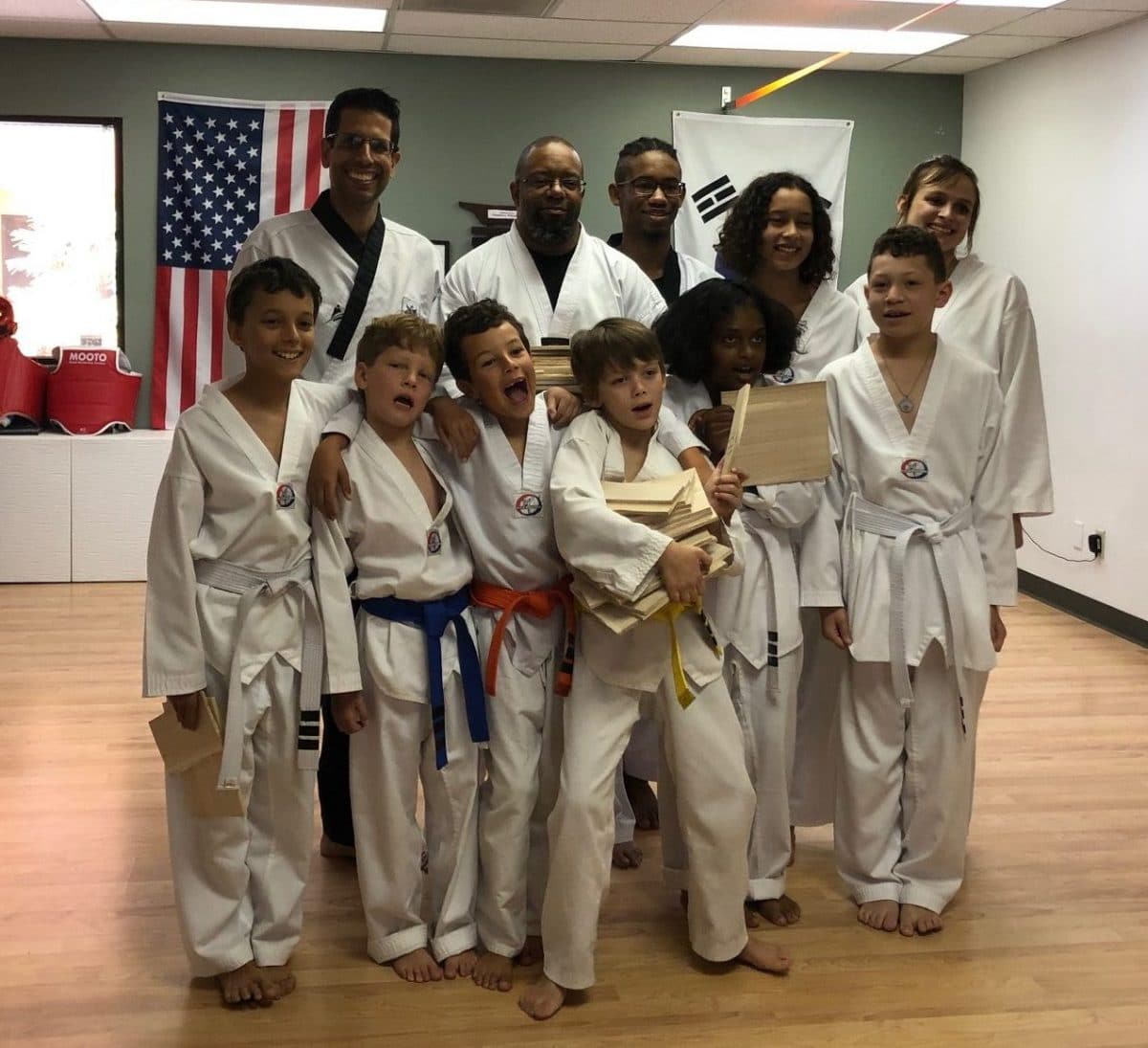
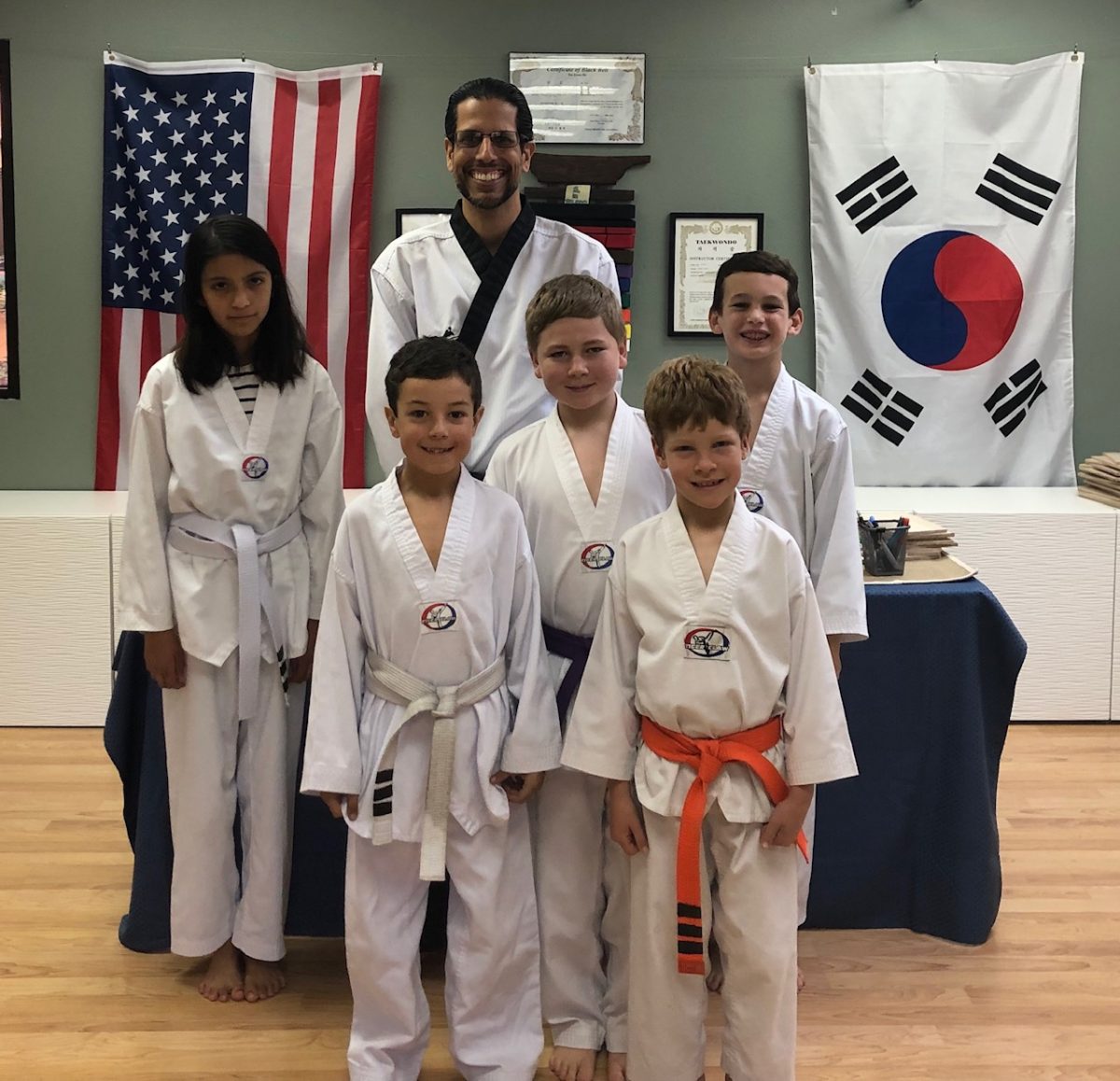

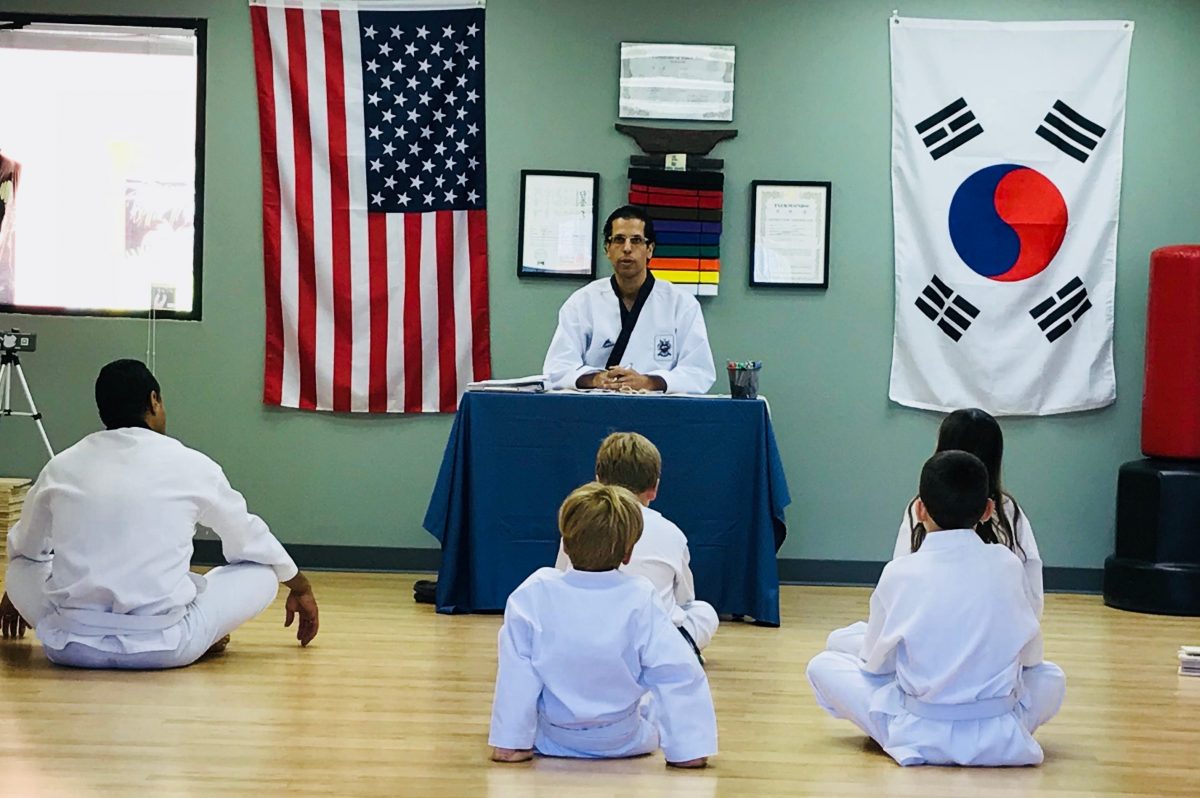


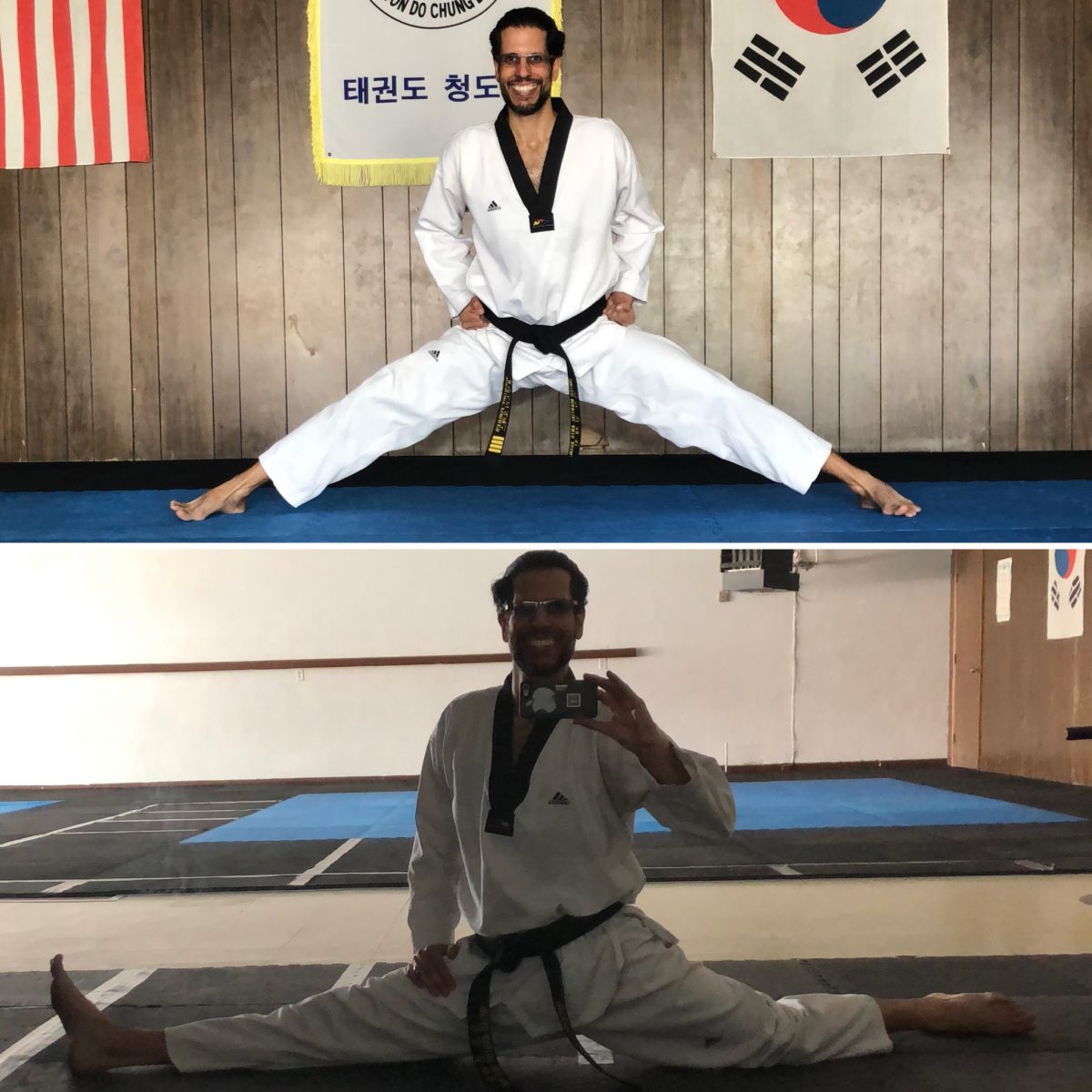
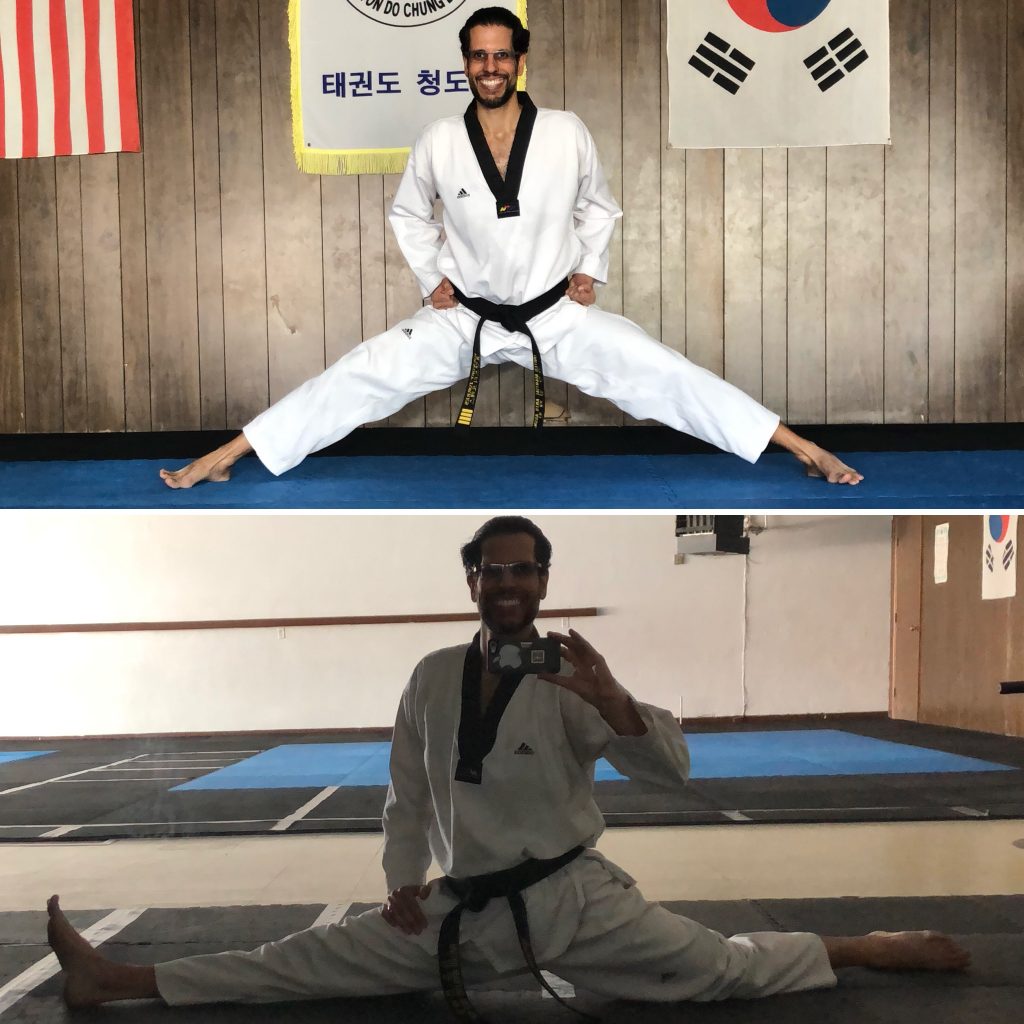 I know that I may be a bit late to the 2018 goal setting… but better late than never, right!
I know that I may be a bit late to the 2018 goal setting… but better late than never, right!